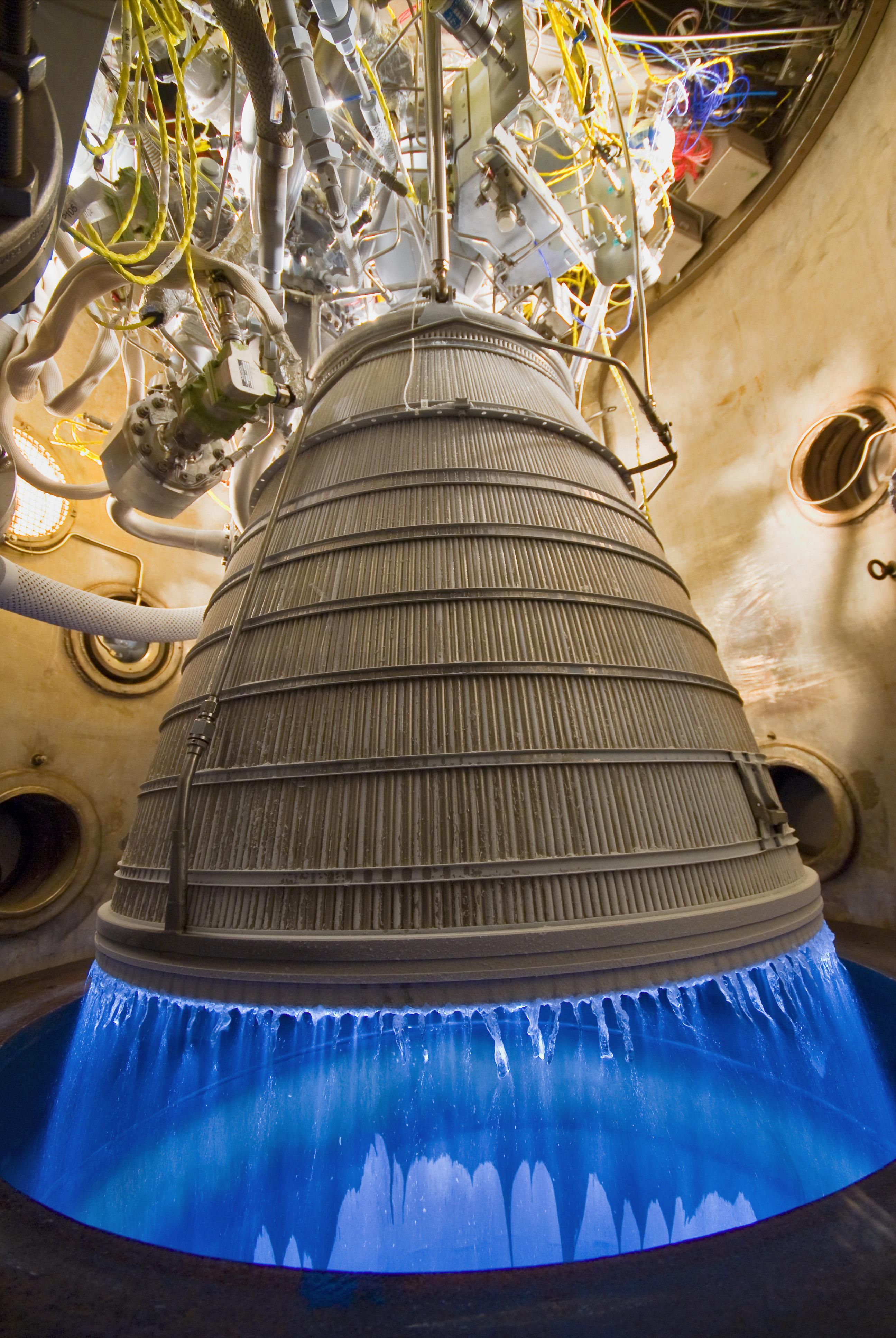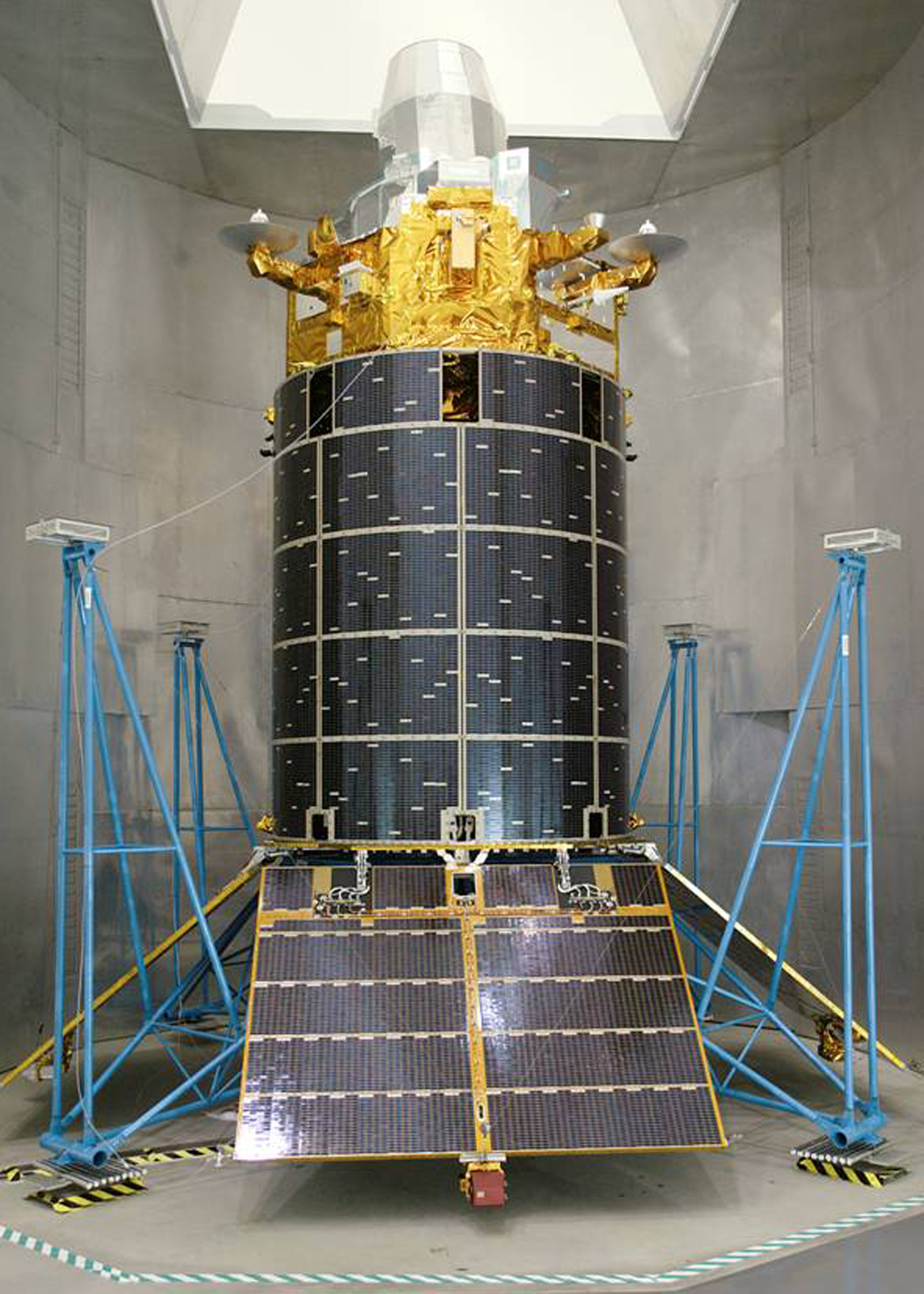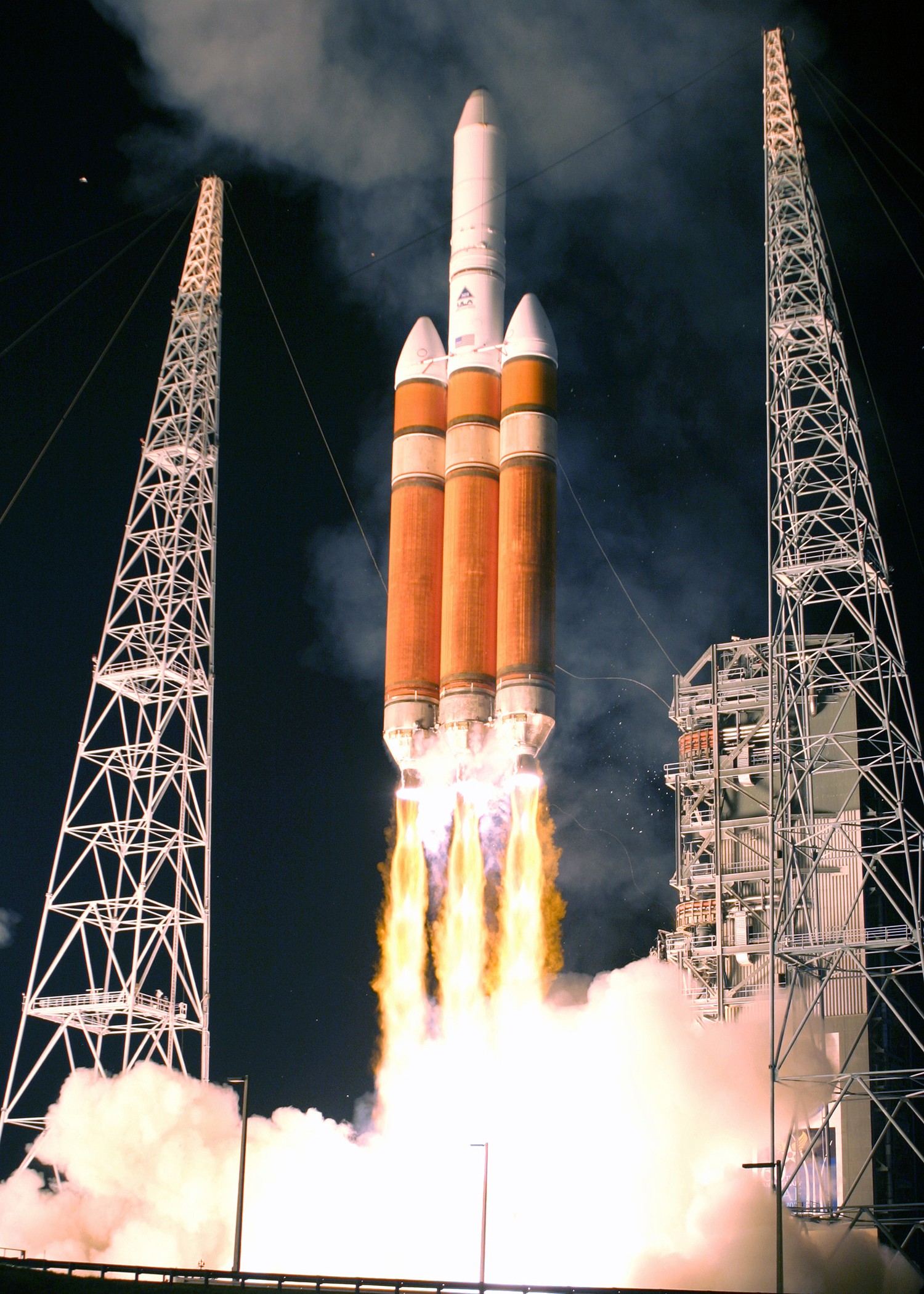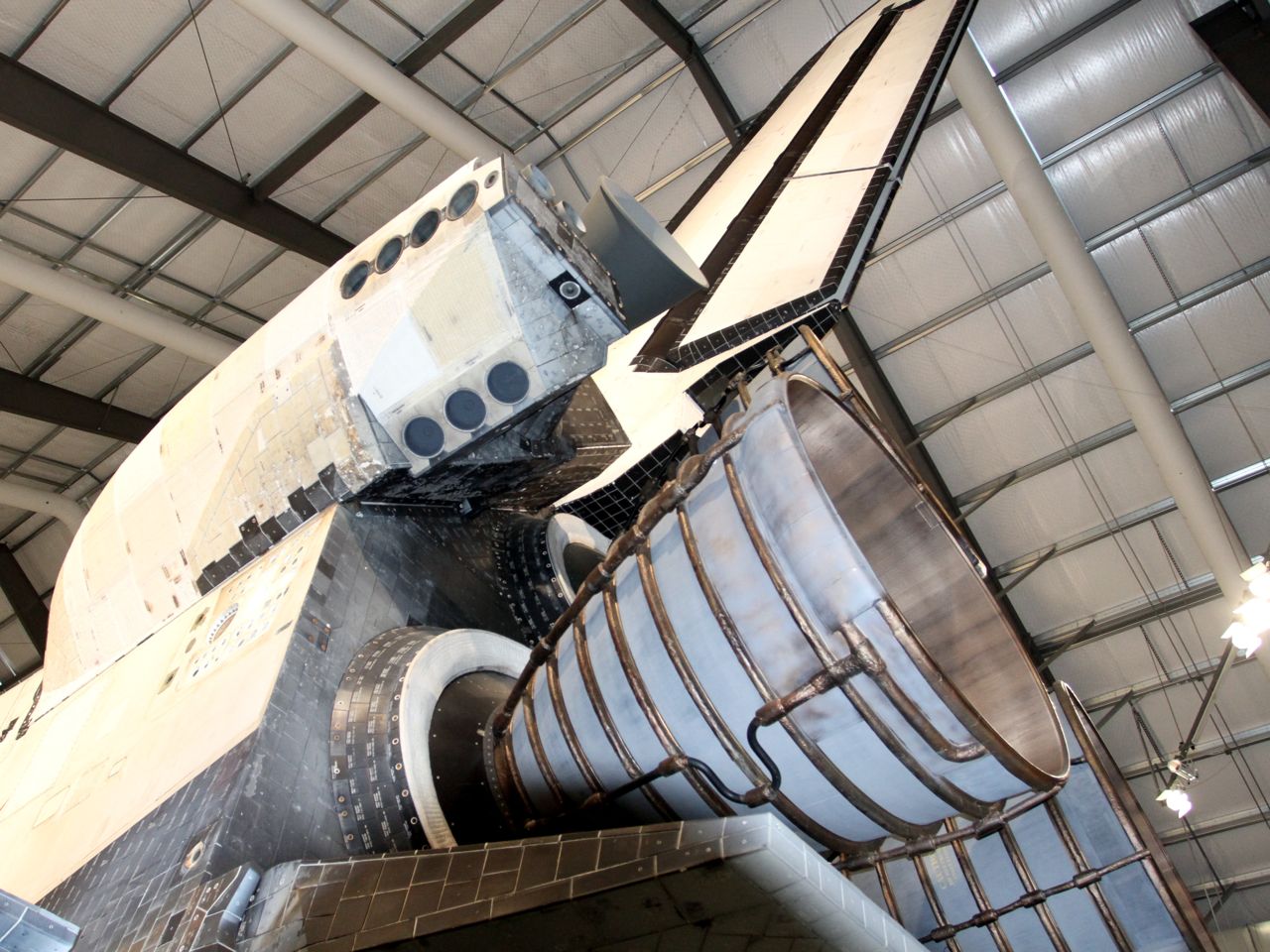onebyone
SENIOR MEMBER

- Joined
- Jul 2, 2014
- Messages
- 7,550
- Reaction score
- -6
- Country
- Location
HASC doubles Air Force allotment of RD-180 engines, focuses funding on building its replacement
WASHINGTON – The U.S. Air Force would have access to as many as 18 Russian RD-180 rocket engines under a bill the House Armed Services Committee approved April 28.
By allowing United Launch Alliance to import twice the number of RD-180 engines allowed under last year’s National Defense Authorization Act, this year’s bill — as amended during a 16-hour markup session that wrapped up just before 3 a.m. — is intended to allow the Defense Department to continue to launch satellites aboard ULA’s Atlas 5 rocket until the company’s next-generation launcher, Vulcan, is ready to take over around 2022.
Congress, which has grown uncomfortable with relying on Russian-supplied engines to launch the bulk of U.S. military and intelligence satellites, enacted legislation in 2014 capping the number of RD-180 engines ULA can buy for future national security launches.
The Air Force has been pushing Congress to relax the cap, saying ULA needs about 18 engines to ensure it can compete against SpaceX for dozens of launch contracts the service expects to award before Vulcan is certified to carry critical DoD payloads.
That relief came in the form of an amendment introduced around 1:30 a.m. by Rep. Mike Coffman (R-Colo.), whose Denver-area district is home to many United Launch Alliance employees.

Rep. Adam Smith (D-Wash.), the ranking member of the House Armed Services Committee, offered an amendment to clarify how the Air Force can develop a replacement capability to the RD-180 rocket engine. Credit: HASC.
“The purpose of buying these engines is to make sure there is an alternative to SpaceX and we don’t just have one bidder,” said Rep. Adam Smith (D-Wash.), the House Armed Services Committee’s ranking member. Blue Origin, the Jeff Bezos-backed company building the BE-4 engine ULA favors for Vulcan, is headquartered in Smith’s Seattle-area congressional district.
Rep. Duncan Hunter (R-Calif.), whose San Diego-area district is a couple hours down the road from SpaceX’s Hawthorne headquarters, said there is no immediate need to raise the RD-180 quota and that future imports could be approved as the engines are needed. Relaxing the ban now, he said, will only benefit a modernization of the Russian military.
“Congress isn’t going away,” he said. “We can look at this next year. There’s no need for us to line Putin’s pockets right now.”
Leaders of the House Armed Services Committee acknowledged the RD-180 issue will be re-visited when they meet in conference with their Senate Armes Services Committee to hash out differences between the House and Senate versions of the National Defense Authorization Act for 2017, which sets policy and spending guidelines for the entire Defense Department.
Senate Armed Services Committee Chairman John McCain (R-Ariz.) favors tighter restrictions on military use of RD-180s. In December, after Congress passed an omnibus spending bill that temporarily suspends the nine-engine limit McCain helped impose, McCain floated the possibility of seeking “an unrestricted prohibition” on Air Force use of the engine.
RD-180 replacement amendment
The RD-180 provision was one of two launch-related amendments that made it into the National Defense Authorization Act of 2017 by the time the committee voted 60 to 2 to send the bill to the full House of Representatives for its consideration.
Smith, the top-ranking Democrat on the House Armed Services Committee, successfully amended the bill to ensure that the Air Force spend some of the $300 million it requested in 2017 on research and development for a next-generation launcher and not just for the development of a new main-stage rocket engine.
That’s good news for Orbital ATK, SpaceX and ULA which won contracts totaling $130 million this year to work on, respectively, a new solid-fueled booster, a new upper stage for Falcon, and Vulcan integration.
Aerojet Rocketdyne has won an initial $115 million Air Force contract in February to help fund development of the AR-1 engine, which it is pitching as a versatile, drop-in replacement for the RD-180 on the Atlas 5.
All told, the Air Force proposes to invest $1.2 billion over the next five years to help industry develop next-generation launch capabilities.
Rep. Mike Rogers (R-Ala.), the chairman of the House Armed Services strategic forces subcommittee, joined with Rep. Mac Thornberry (R-Texas) to restrict that funding to development of a main-stage engine capable of replacing the RD-180.
But Smith’s compromise, negotiations over which helped push the markup into the wee hours, limits the Air Force to spending no more than 25 percent of the R&D funds on anything that’s not a main-stage engine.
- See more at: http://spacenews.com/the-rd-180-ame...ll-to-the-full/#sthash.B1x3Xz6F.ylJdJsls.dpuf
WASHINGTON – The U.S. Air Force would have access to as many as 18 Russian RD-180 rocket engines under a bill the House Armed Services Committee approved April 28.
By allowing United Launch Alliance to import twice the number of RD-180 engines allowed under last year’s National Defense Authorization Act, this year’s bill — as amended during a 16-hour markup session that wrapped up just before 3 a.m. — is intended to allow the Defense Department to continue to launch satellites aboard ULA’s Atlas 5 rocket until the company’s next-generation launcher, Vulcan, is ready to take over around 2022.
Congress, which has grown uncomfortable with relying on Russian-supplied engines to launch the bulk of U.S. military and intelligence satellites, enacted legislation in 2014 capping the number of RD-180 engines ULA can buy for future national security launches.
The Air Force has been pushing Congress to relax the cap, saying ULA needs about 18 engines to ensure it can compete against SpaceX for dozens of launch contracts the service expects to award before Vulcan is certified to carry critical DoD payloads.
That relief came in the form of an amendment introduced around 1:30 a.m. by Rep. Mike Coffman (R-Colo.), whose Denver-area district is home to many United Launch Alliance employees.

Rep. Adam Smith (D-Wash.), the ranking member of the House Armed Services Committee, offered an amendment to clarify how the Air Force can develop a replacement capability to the RD-180 rocket engine. Credit: HASC.
“The purpose of buying these engines is to make sure there is an alternative to SpaceX and we don’t just have one bidder,” said Rep. Adam Smith (D-Wash.), the House Armed Services Committee’s ranking member. Blue Origin, the Jeff Bezos-backed company building the BE-4 engine ULA favors for Vulcan, is headquartered in Smith’s Seattle-area congressional district.
Rep. Duncan Hunter (R-Calif.), whose San Diego-area district is a couple hours down the road from SpaceX’s Hawthorne headquarters, said there is no immediate need to raise the RD-180 quota and that future imports could be approved as the engines are needed. Relaxing the ban now, he said, will only benefit a modernization of the Russian military.
“Congress isn’t going away,” he said. “We can look at this next year. There’s no need for us to line Putin’s pockets right now.”
Leaders of the House Armed Services Committee acknowledged the RD-180 issue will be re-visited when they meet in conference with their Senate Armes Services Committee to hash out differences between the House and Senate versions of the National Defense Authorization Act for 2017, which sets policy and spending guidelines for the entire Defense Department.
Senate Armed Services Committee Chairman John McCain (R-Ariz.) favors tighter restrictions on military use of RD-180s. In December, after Congress passed an omnibus spending bill that temporarily suspends the nine-engine limit McCain helped impose, McCain floated the possibility of seeking “an unrestricted prohibition” on Air Force use of the engine.
RD-180 replacement amendment
The RD-180 provision was one of two launch-related amendments that made it into the National Defense Authorization Act of 2017 by the time the committee voted 60 to 2 to send the bill to the full House of Representatives for its consideration.
Smith, the top-ranking Democrat on the House Armed Services Committee, successfully amended the bill to ensure that the Air Force spend some of the $300 million it requested in 2017 on research and development for a next-generation launcher and not just for the development of a new main-stage rocket engine.
That’s good news for Orbital ATK, SpaceX and ULA which won contracts totaling $130 million this year to work on, respectively, a new solid-fueled booster, a new upper stage for Falcon, and Vulcan integration.
Aerojet Rocketdyne has won an initial $115 million Air Force contract in February to help fund development of the AR-1 engine, which it is pitching as a versatile, drop-in replacement for the RD-180 on the Atlas 5.
All told, the Air Force proposes to invest $1.2 billion over the next five years to help industry develop next-generation launch capabilities.
Rep. Mike Rogers (R-Ala.), the chairman of the House Armed Services strategic forces subcommittee, joined with Rep. Mac Thornberry (R-Texas) to restrict that funding to development of a main-stage engine capable of replacing the RD-180.
But Smith’s compromise, negotiations over which helped push the markup into the wee hours, limits the Air Force to spending no more than 25 percent of the R&D funds on anything that’s not a main-stage engine.
- See more at: http://spacenews.com/the-rd-180-ame...ll-to-the-full/#sthash.B1x3Xz6F.ylJdJsls.dpuf











 .
.








 !
! .
.




